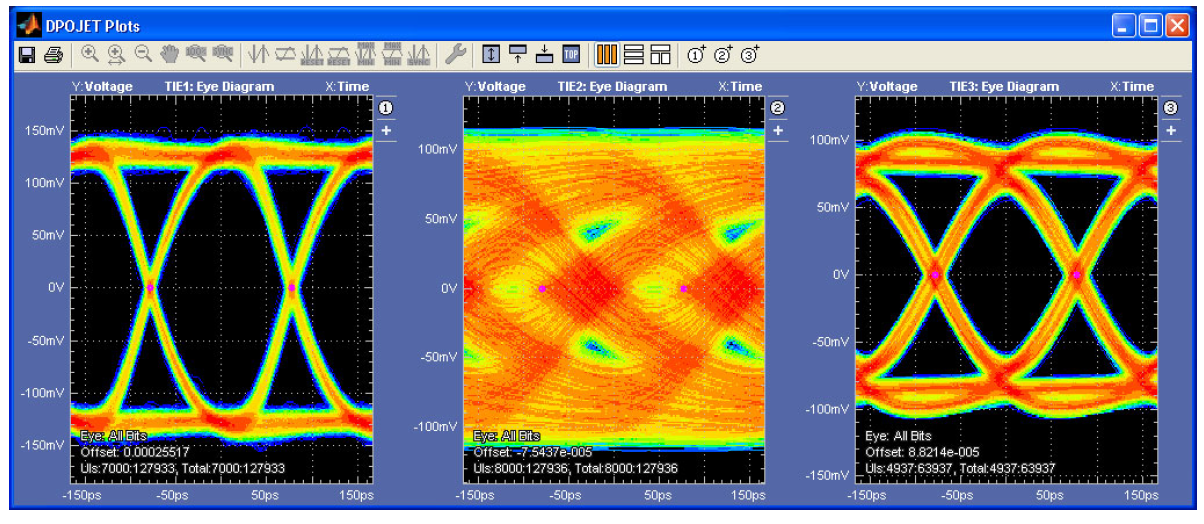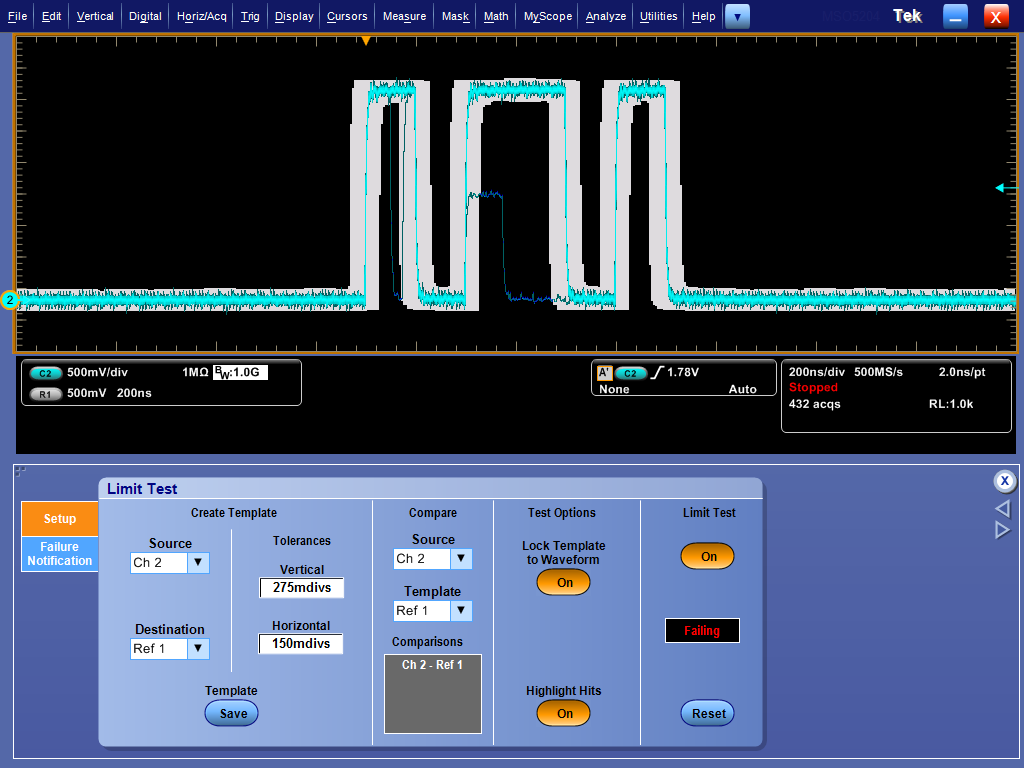Prospects for software-defined oscilloscopes
The hard economic environment means test engineers have to make the most of what they already have, but how can software help? By Geoff Kempster, Inventory Manager for Livingston UK, & Mike McHale, Livingston's International Sales Director.
The value of the digital oscilloscope is widely recognised throughout the industry — generally representing the foundation upon which any test engineer’s equipment resource is going to be built. It is through this that they are able to validate the system designs in which they are involved are functionally sound, as well as ensuring that they are able to comply with critical technology standards. Hence these items are something to which frequent access is required and a very well outlined upgrade path is available, so that new test requirements can be met as and when they arise.
The frosty economic climate in which we are currently embroiled is leading to many test engineers being forced to hold off specifying and acquiring new models. Instead it is becoming more commonplace for them to have to make do with their existing units for longer periods. This has major implications for the oscilloscope producers, as in many cases they will need to explore new, more commercially viable ways of bringing operational improvements to the market.
The most forward-looking oscilloscope producers, in response to this situation, have made alterations to their commercial strategy. They are now starting to offer an expanded range of optimised test software packages to support their standard product lines. Through the installation of this software onto their instrumentation it is possible for major enhancements in functionality to be derived. A regular model can be converted into an analysis tool with the capacity to satisfy specific test requirements at an elevated level of performance.

Figure 1: Eye diagram analysis
Getting an upgrade
This software can cover a very broad spectrum of functions — like improved timing analysis, advanced debugging, better scrutinising of eye diagrams, precision jitter analysis, detailed power quality investigation, high accuracy wave shape analysis, examination of DDR memory buses, or vector signal analysis. Many of the serial bus standards are now supported, including USB 3.0, Wireless USB, serial (SATA), high definition multimedia interface (HDMI) and DisplayPort, allowing full compliance testing to be carried out. There is also CANbus, for automotive and industrial based test activities. For those working on communication networks there are options for measuring jitter or inputting I/Q data, to enable measurement of long term evolution (LTE), multiple-in multiple-out (MIMO) and orthogonal frequency-division multiplexing (OFDM) data transmission systems.
In order to meet the varying software demands that are emerging, a number of different methods are going to be employed by oscilloscope producers. These methods will include timed licenses which permit the user to rapidly add a temporary license for the additional functionality they require. This is very well suited to engineers who are just in need of a short term upgrade to their unit, but is less likely to be cost-effective if their requirement turns out to be a longer lasting one. Another method that will be of interest is through the acquisition of floating licenses. These will be most suited to organisations which possess a large number of identical (or similar) oscilloscopes in their inventory.
Through this it will be possible for the software functionality to be transferred from one unit to another, thereby avoiding the need to invest in more software than is actually required. The oscilloscope producer Tektronix has gone as far as to enable the end user to directly increase the bandwidth of their oscilloscope through the purchasing of a simple software key. This still only applies to a relatively limited range of the company’s products at the moment, but it appears to be a very significant indication of where the industry sees things progressing in the future.

Figure 2: Use of a mask to uncover signal issues
Moving forwards, there seems to be a strong likelihood that more oscilloscope producers will develop their models on a common base platform, with a larger variety of software enabled functionality on offer. This will furnish their customers with the technology necessary to tailor the product to meet their own specific test needs.
Thanks to the deep-rooted relationships it has developed with the leading oscilloscope producers (such as Agilent Technologies, Tektronix, Yokogawa and Rohde & Schwarz), test sourcing specialist Livingston is, in addition to renting out oscilloscopes, now able to supply a wide variety of different supporting test software packages. It can thus provide engineers with the opportunity to upgrade the unit they are renting with special, software coded test options which can be installed after delivery. By installing such software onto an oscilloscope, engineers will from this point onwards be in a position to achieve more with their rented equipment, taking advantage of enhanced test capabilities and greater operational flexibility.
Facing an increasingly difficult economic landscape, test engineers need equipment that offers higher performance levels and more focussed feature sets, as a particular task dictates, without having to deviate from their budget. As we have seen, all this basically means that from now on a greater number of upgrades will, rather than being dealt with in hardware, need to be tackled through the implementation of sophisticated software.
Advancements in oscilloscope specifications will of course continue, and they will drive the industry forward. But, to some degree, the way that these advancements are realised will probably be through a different route than was usual in the past. Software-defined oscilloscopes are almost certain to constitute a larger proportion of the overall market in the coming years.
The emergence of a wider array of software options will have a great deal of potential, through which exciting opportunities lie ahead. Engineers will be able to optimise performance while not draining their financial reserves. Oscilloscope producers, along with their associated channel partners, must also move with the times and react to the changing needs of their customer base. Those who aren’t able to do this will pay a high penalty, through reductions in their market share.


